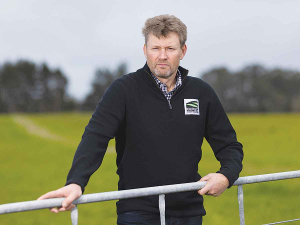Choosing 15 dairy farmers as NZ’s climate change ambassadors is the next step in the dairy sector’s plan for a culture of climate-conscious agribusiness, says DairyNZ chief executive Tim Mackle.
Waikato Federated Farmers Vice President Jacqui Hahn is one of 15 dairy farmers chosen as New Zealand’s climate change ambassadors.
“These 15 men and women represent best environmental farming practice for their farm system,” says Mackle.
“They run their farms profitably and sustainably and are serious about reducing onfarm greenhouse gas emissions.
“Many farmers are already leading in environmental practices, but these 15 people have taken it a step further. They have not only been ahead of the game, but have undertaken to share their knowledge and learning with others.”
NZ has an opportunity under the Labour-led Government to set the global standard for climate-conscious agribusiness.
Mackle says rather than focusing on cow numbers, we want to focus on how to keep improving the sustainability of NZ’s agricultural sector.
“The first step is ensuring everyone understands the opportunities that lie ahead.
“The climate change ambassadors are an important part of helping dairy farmers and our farming communities understand how they can make environmental improvements on their farms -- the kinds of improvements that increase economic sustainability and help future-proof their farming businesses.”
Learn more about the ambassadors.











